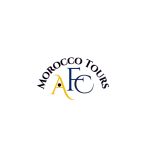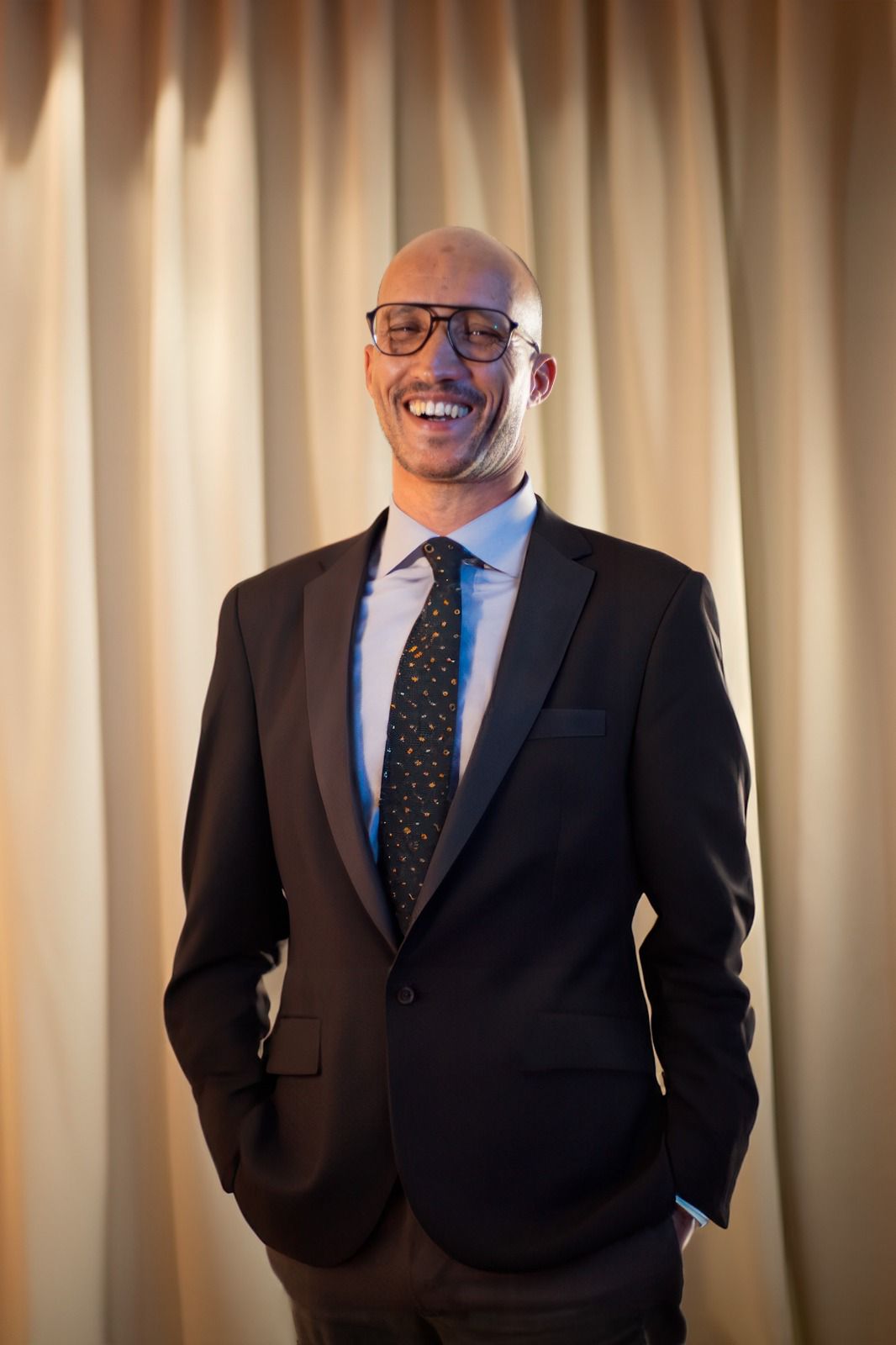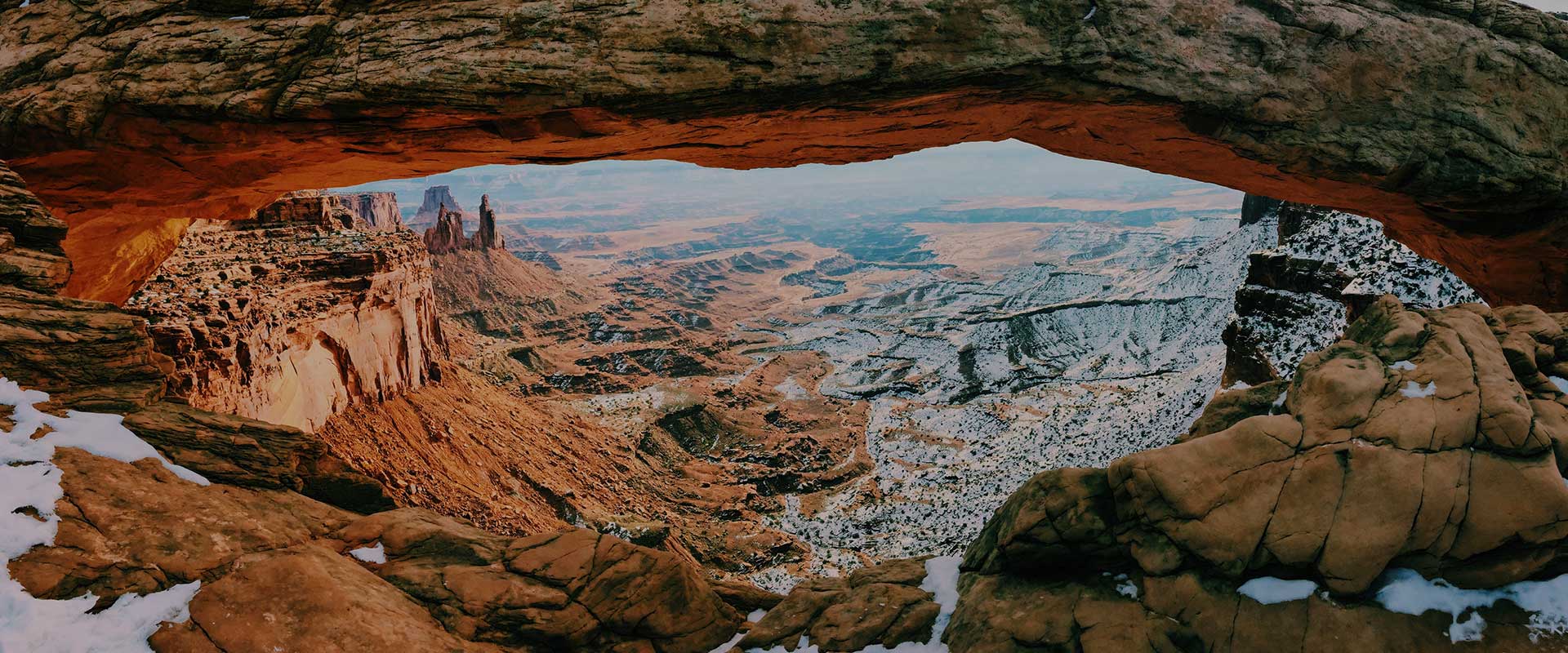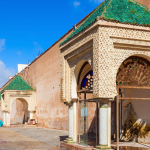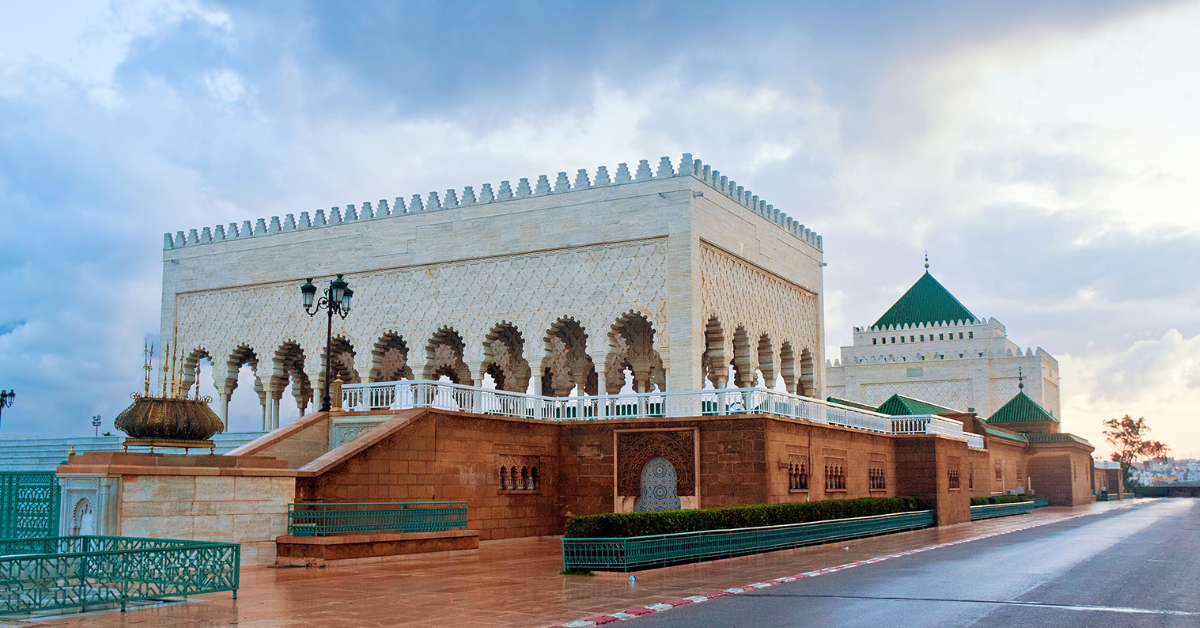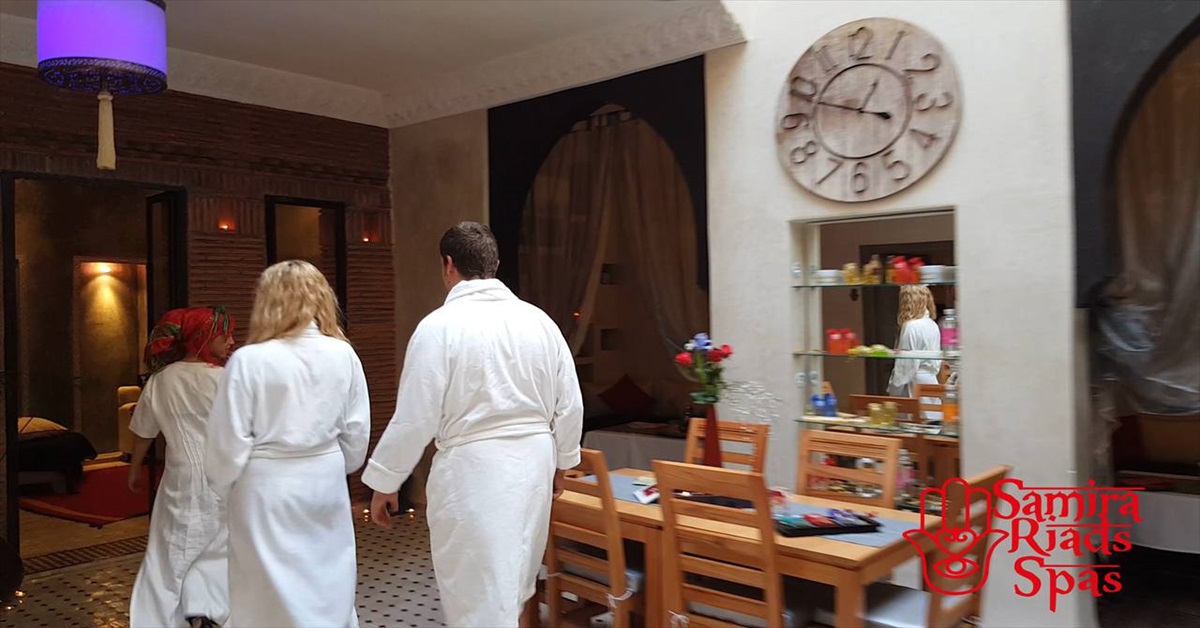Surprising Facts About Morocco: Culture, History & Traditions
Surprising Facts About Morocco: Culture, History & Traditions
Morocco is a country full of surprises, with a rich tapestry of culture, history, and traditions that set it apart from anywhere else in the world. From its ancient medinas and colorful souks to its diverse landscapes and centuries-old customs, Morocco offers a blend of influences shaped by Berber, Arab, and European heritage. Discover the surprising and lesser-known facts about Morocco, including its unique celebrations, traditional crafts, flavorful cuisine, and fascinating historical milestones. Whether you’re planning a visit or simply curious about this vibrant country, these facts will give you a deeper understanding of what makes Morocco truly special.
Morocco is truly a land of wonders. What makes Morocco unique is its artful combination of the East and the West. People are taking more and more interest to get to more about this wonderland. While most people know about the capital of Morocco, Marrakech, and the facts that tourists need to keep in mind, there are deeper intricacies that we should know about.
Here are Surprising Facts About Morocco: Culture, History & Traditions:
- Morocco Is Located in North Africa
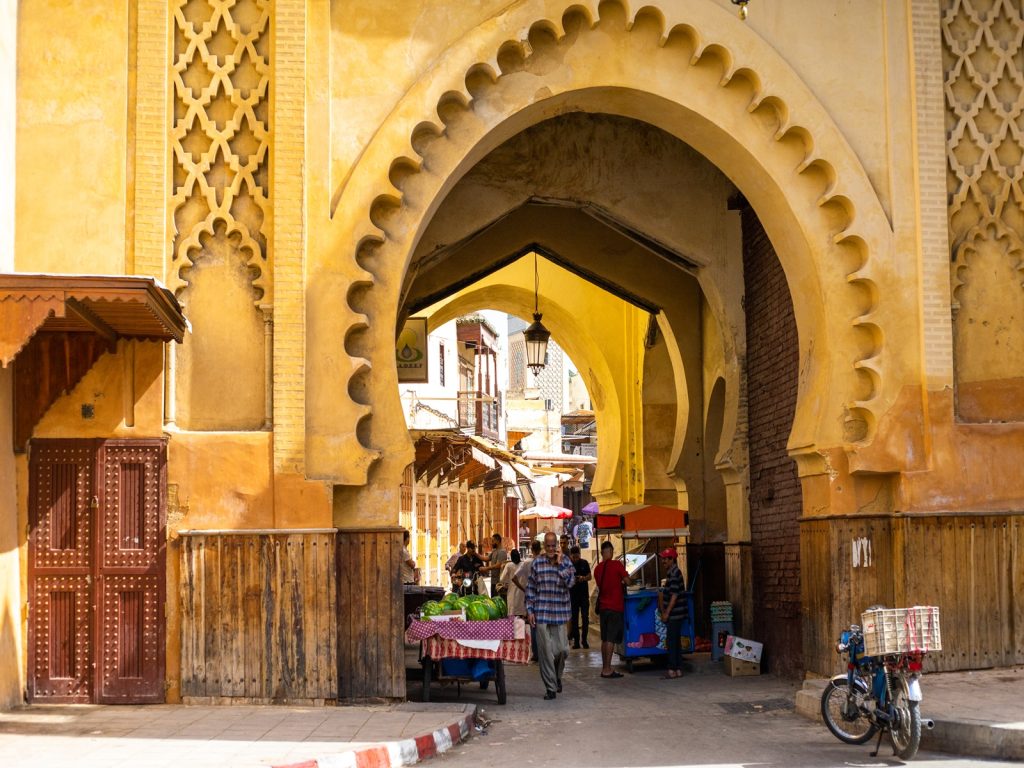
Morocco is an Arab country situated at the African continent’s northern end. It is positioned alongside Tunisia, Libya, Algeria, and Mauritania in the Maghreb area of Northern Africa. The Sahara, the biggest subtropical desert in the world, covers the Maghreb region and extends to the Red Sea in the east. Morocco is quite close to Europe and has benefited from trading with its northern neighbors.
- Casablanca Is Morocco’s Largest City
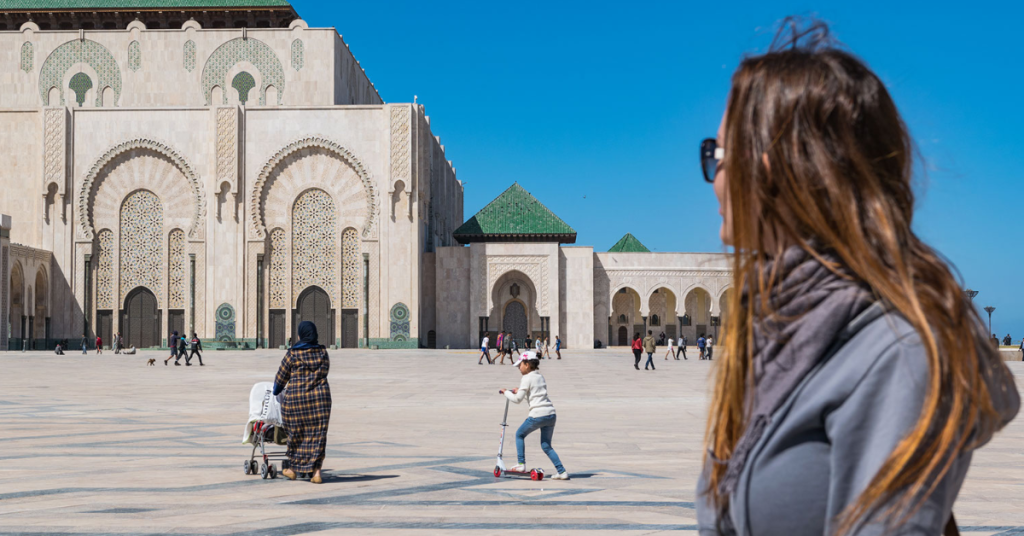
Morocco for Solo Female Travelers
Although Rabat is recognized as Morocco’s capital, Casablanca remained the largest in the country, as well as the biggest city in Africa’s Maghreb area. Morocco tells us that in 1942, when Humphrey Bogart and Ingrid Bergman hit the movie screens in a popular film about the port city, Casablanca flew into the world’s vision.
Set on the Atlantic Ocean, Casablanca acts as the Royal Moroccan Navy’s harbor. It is North Africa’s largest port, as well. Due to its beautiful architecture and outstanding shops, Casablanca is a significant urban town and a wonderful tourist destination.
- Morocco’s Citizens Are Predominantly Sunni Muslims – Interesting Fact about Morocco
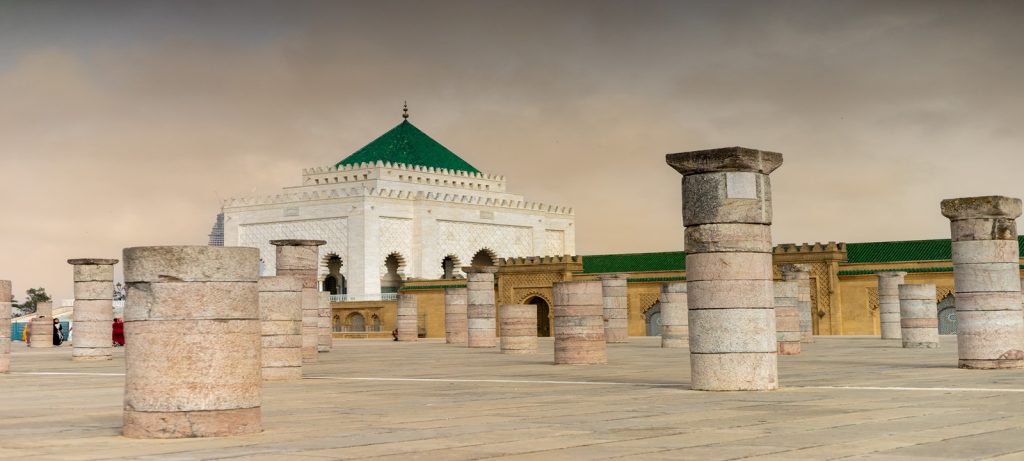
AFC Morocco Tours – Special Morocco Tours,
About 99 percent of Moroccan citizens are projected to be Muslim. Around two-thirds are Muslims of Sunni descent. The main category of Islam is Sunni Islam. Statistics in Morocco suggest that less than 1 percent of the populace in Morocco is Jewish or Christian.
- Arabic and Berber Are Morocco’s Official Languages – Interesting Fact about Morocco
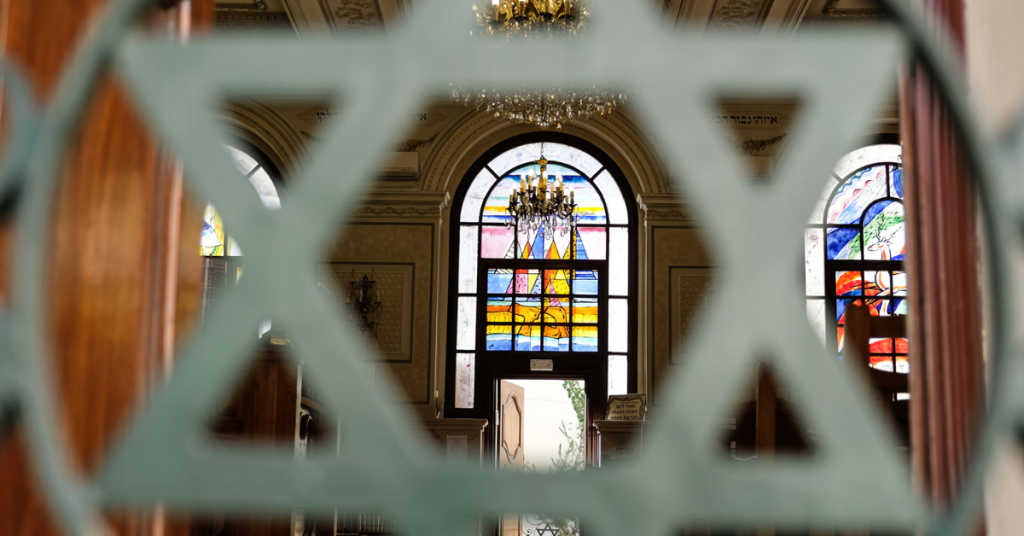
Founders of AFC Morocco Tours
There are two formal languages in Morocco: Arabic and Berber. The Berber is a dialect that has Afro-Asiatic origin in North Africa. French is also used by one-third of the people and is part of the school curriculum.
- For over 90,000 Years Morocco Has Been Inhabited
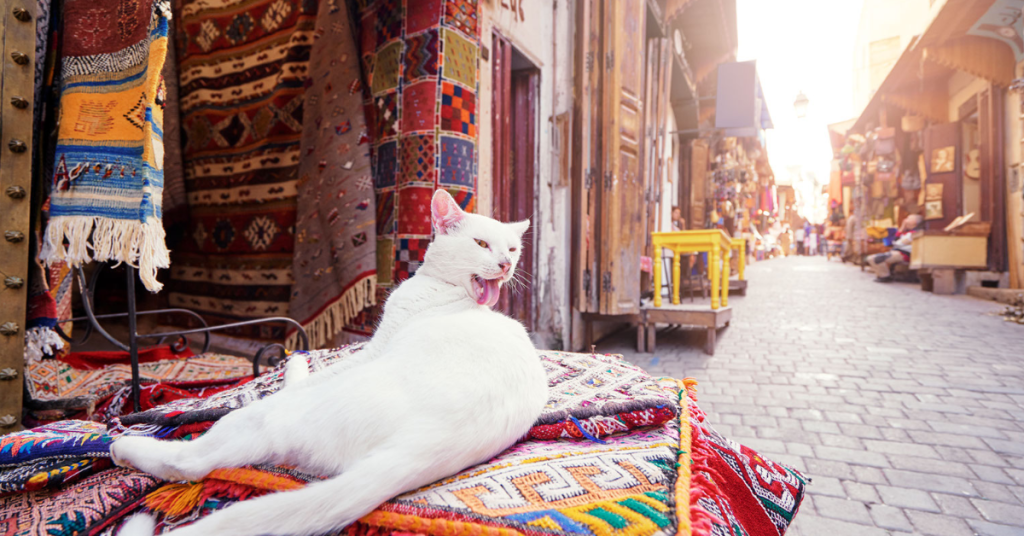
Explore the Souks of Fes
It is thought that Morocco was populated in ancient times since the Paleolithic period, often between the years 190,000 BC and 90,000 BC. Facts in Morocco indicate the country was home to Romans, Visigoths, Vandals, and Byzantines. More recently, Morocco became a French and Spanish protectorate and achieved independence in 1956.
- Famous Cuisine Fills Moroccan Bellies

Moroccan cuisine is very complex, owing to the countless inhabitants who have resided and traveled across Morocco over the centuries. It includes European, Mediterranean, and Berber origins dishes. One of Moroccan dishes that is most common is couscous.
Another popular Moroccan dish takes its name from the earthenware pot where it is served, the tagine. Chicken is the most widely consumed meat in Morocco and can be eaten as chicken tagine, where the poultry is prepared in a traditional pot with a wide range of vegetables. Beef tagine is a common meal, as well.
- Tourism Is Morocco’s 2nd Largest Industry

Morocco Berber Trails 9-Day Small-group Tour
The travel industry is Morocco’s second-largest money-making sector, after phosphate sales. Statistics in Morocco inform us the country is seeking to make tourism an even bigger part of its economy. The aim is to provide tourism help for 20 percent of the economy. Morocco needs 20 million tourists to travel by 2030 yearly.
- Morocco Features Mediterranean and Atlantic Coastlines

Morocco Discovery 13 Day Tour
Morocco is one of only three nations in the world bordering the Atlantic Ocean as well as the Mediterranean. Spain and France are the other two countries with magnificent beaches from both water bodies.
- Dress For Subtropical Temperatures
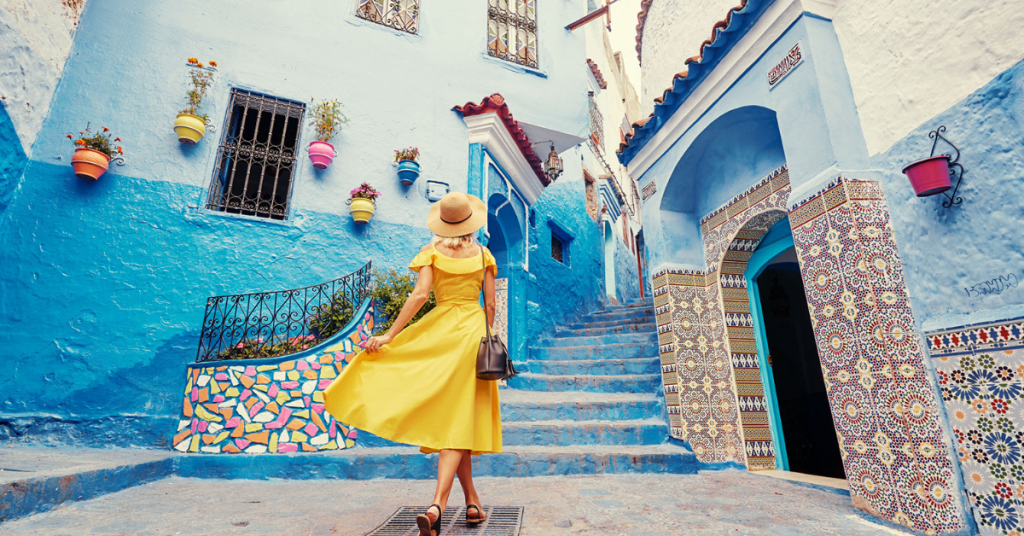
Surprising Facts About Morocco: Culture, History & Traditions
Morocco has a pleasant Mediterranean setting, with temperatures as hot as 95 degrees Fahrenheit (35 degrees Celsius) and lows of about 41 degrees Fahrenheit (5 degrees Celsius). In the summertime, tourists are advised to wear soft cotton and linens. The beautiful weather helps make Morocco an excellent tourist destination at any time of year.
- The United States Considers it Safe To Travel To Morocco
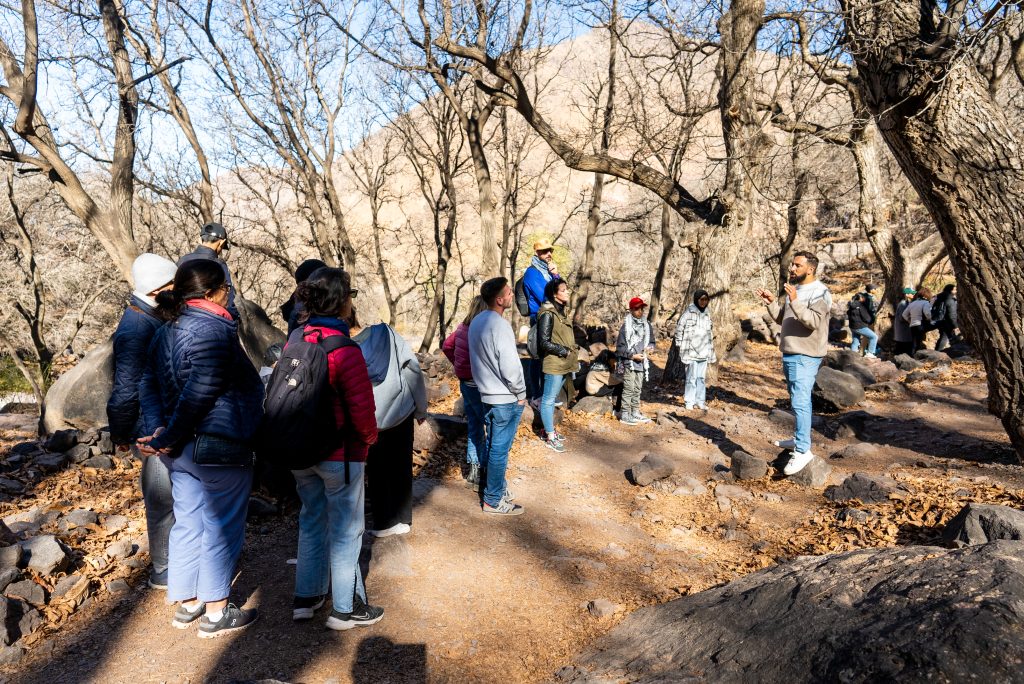
Women’s Adventure Tours in Morocco
The Department of State of the United States keeps on its official site a set of travel advice and warnings suggesting destinations that may be hazardous to visit. Yemen, Liberia, Gaza, and Sudan are also widely deemed dangerous locations. Morocco is designated a secure location to visit and has no travel advisories or travel alerts in force at this time.
- Morocco Is Not Where Casablanca Was Shot

Morocco for Solo Female Travelers
Although the film Casablanca was named after Morocco’s biggest city, and the story allegedly occurred there, the film wasn’t filmed in the legendary town. Casablanca was made in Los Angeles and shot mainly at a studio.
- Morocco Was the First Country to Recognize the US as a Nation

Did You Know? Incredible Facts About Morocco’s Heritage and Landmarks
In 1777, Morocco was the first nation to acknowledge the US as an autonomous state. Sultan Mohammed III of Morocco secured American ships and authorized them to safely pass through the Atlantic Ocean. In 1786, the United States and Morocco made a contract, the Moroccan-American Friendship Treaty, which is still the longest-standing agreement of friendship for the United States.
- Tea Is Among The Most Popular Drinks in Morocco
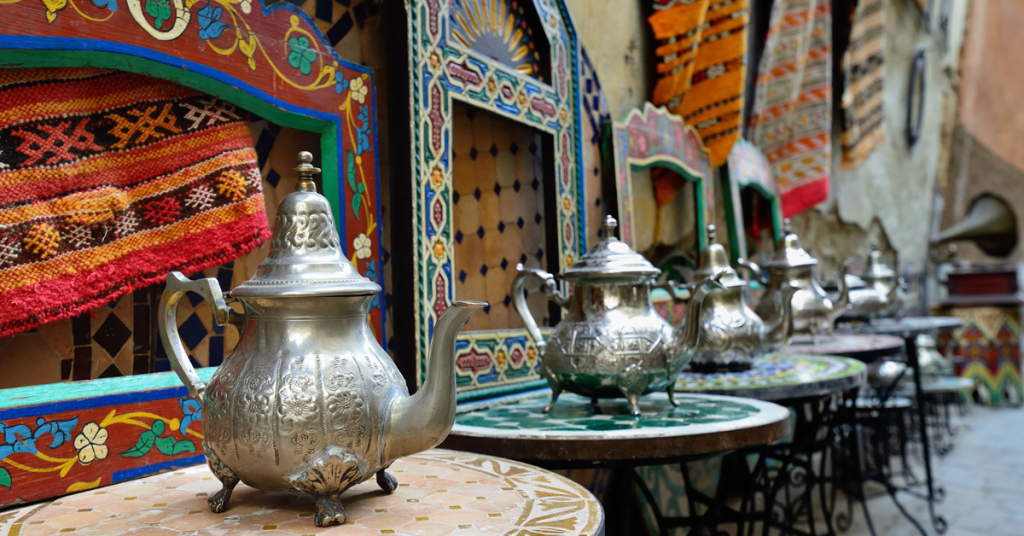
Moroccans enjoy a distinctive beverage of green tea called “Atai”. Atai is a mixture of green tea, mint, and sugars. Throughout Morocco, preparing and offering tea is considered an artistic expression and retains cultural importance. Guests are often offered tea, and not drinking the popular beverage is perceived as rude.
- No Place for Pork in Morocco, but many restaurants serve pork

Since much of the country is Muslim, in Morocco, pork is banned under the Sharia rule. The favored foods are chicken and beef, instead. Lamb is also consumed in Morocco but is often difficult to procure because it is so costly.
- Always Say Yes to Meat in Morocco

Essential Morocco Facts: Everything You Didn’t Know About This Magical Country
In comparison to tea, Moroccan evidence tells us that meat also occupies a significant part in the bond between host and guest. Refusing meat is considered rude, so if you’re being served meat in Morocco, say yes!
- Marrakech Is Known as The Red City
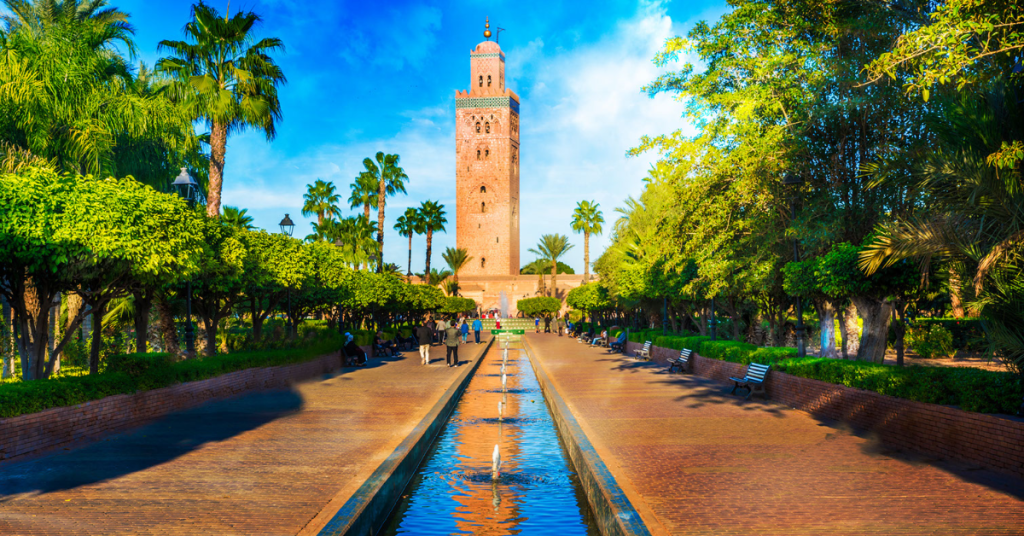
Marrakech tour guide
Marrakech is recognized as the Red City, owing to the red walls and buildings built with sandstone during the 12th century. Marrakech is Morocco’s fourth biggest city and host to many famous tourist sites and stores.
- Fes Is The Medieval City in Morocco
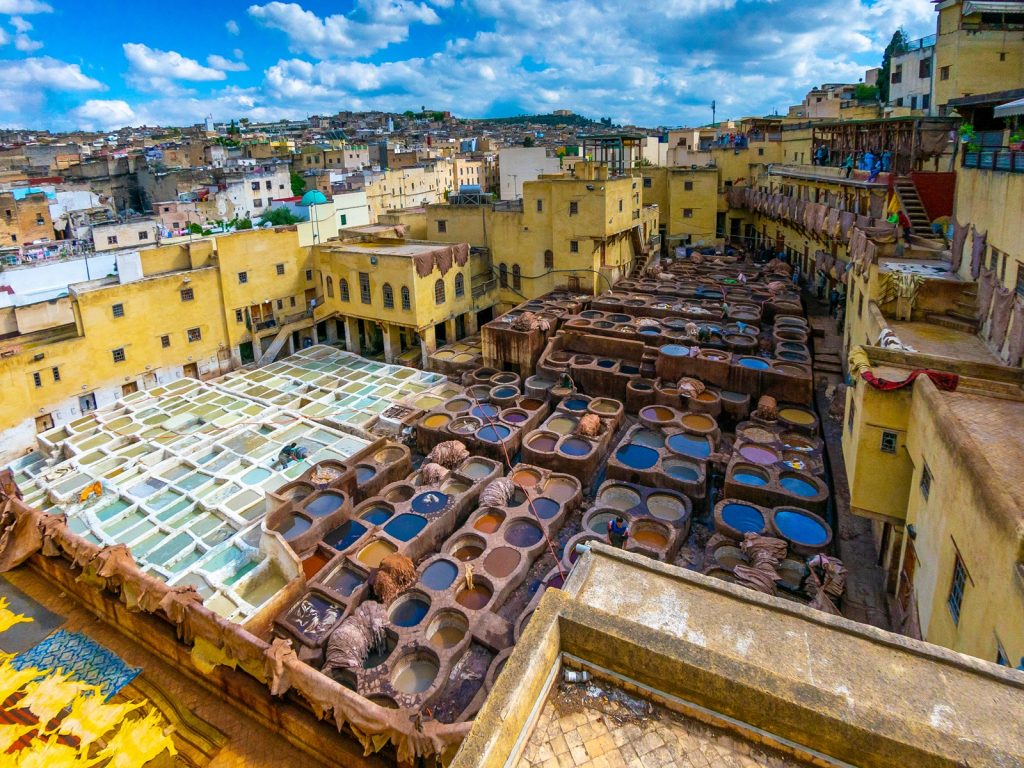
Morocco Adventure Trails 13-Day Small-group Tour
Fes is Morocco’s 3rd biggest city with a community of approximately a million. It contains what is possibly the world’s largest densely populated no-car zone. Fes had been Morocco’s capital and is among the imperial cities of origin. In the Arabic world, Fes is also considered to be the most medieval town.
An amalgamation of all these facts is what adds to the unique flavor of Morocco. In isolation, they may not seem like much, but together they are a true representation of the vibrant country and its culture. Morocco is slowly but surely becoming a must-visit on every travel bug list. It has everything one wants in a vacation site- from mountains and valleys to beaches, from culture and history to the best of modern amenities, from the isolation one may seek to the best hospitality you can hope for. Morocco is all of this and much more. Don’t believe me, head over, and experience the magic for yourself!
